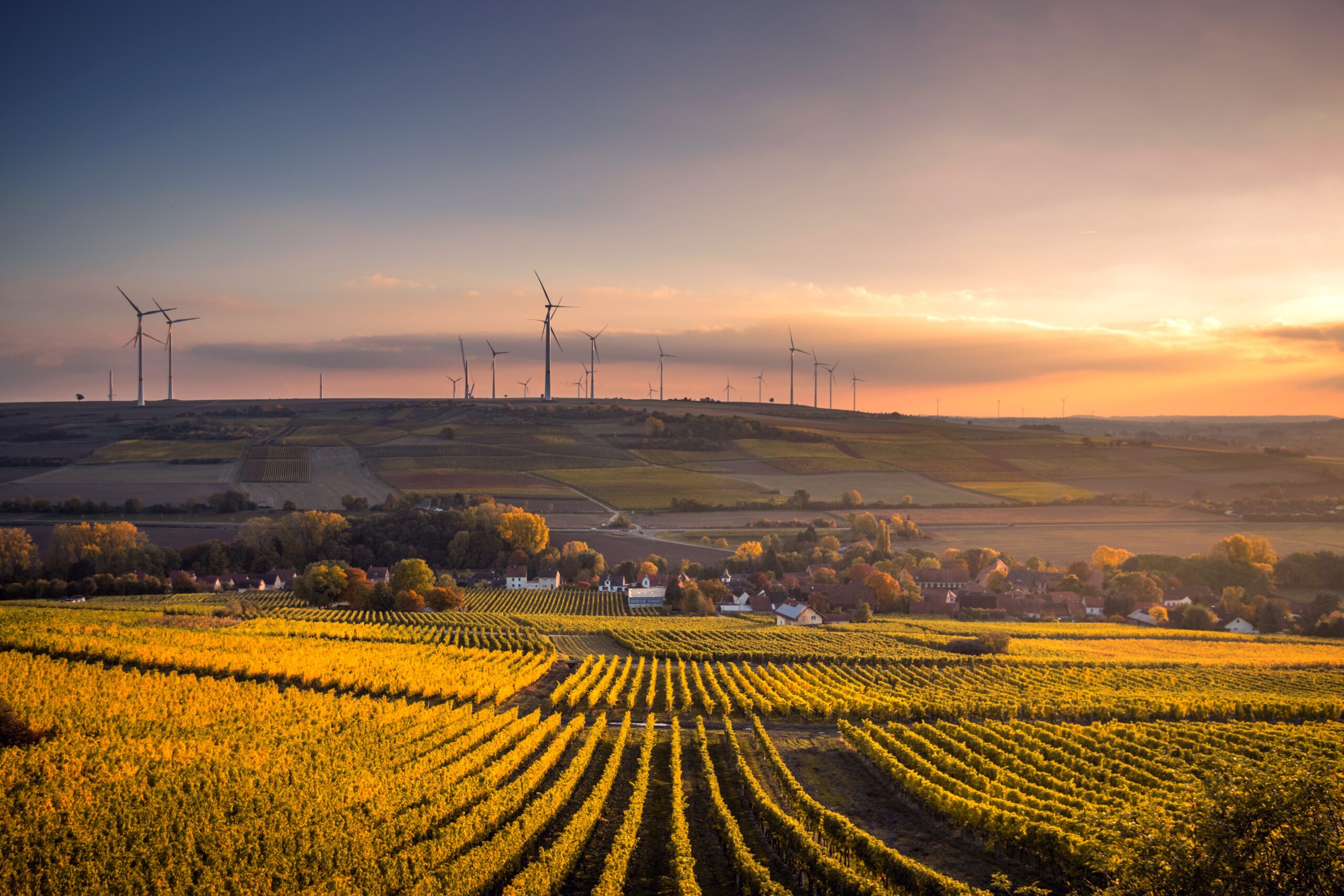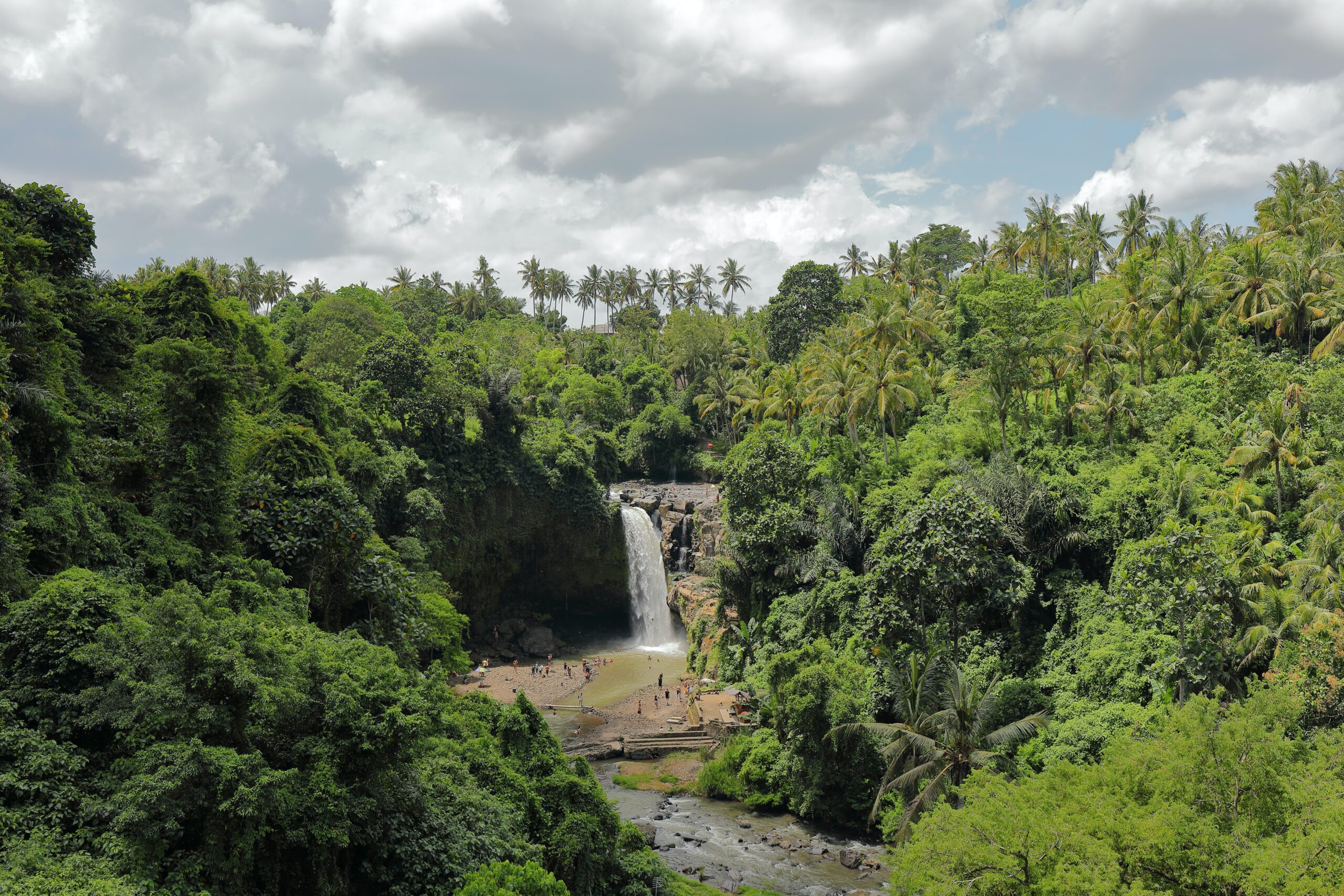Despite progress, billions of people still lack safe water, sanitation and handwashing facilities. Data suggests that achieving universal access to even basic sanitation service by 2030 would require doubling the current annual rate of progress. More efficient use and management of water are critical to addressing the growing demand for water, threats to water security and the increasing frequency and severity of droughts and floods resulting from climate change. As of the time of writing, most countries are unlikely to reach full implementation of integrated water resources management by 2030.
Technological transformations open new opportunities and disrupt old patterns. Founded in 2006, Center on Global Transformation (CGT) provides a new framework for vanguard exploration of topics critical to analyzing and…
The FABLE Consortium has released its 2020 Report on Pathways to Sustainable Land-Use and Food Systems. Explore the latest trends in food and land-use with the new 'Scenathon' dashboard. Visit the…
In the southern Amazon and northern Cerrado, deforestation has the potential to affect rainfall patterns by increasing land surface albedo, decreasing leaf area index, decreasing land surface roughness, and decreasing…
Waterborne diseases are the leading cause of mortality in developing countries. This paper emphasizes a previously ignored cause of diarrhea - upstream river bathing. Using newly constructed data on upstream-downstream…
If a tonne of corn is grown in Illinois but consumed in China, is the water used to grow the corn used by the farmer in Illinois or by the…






